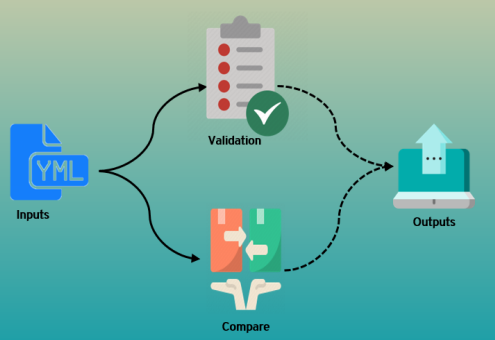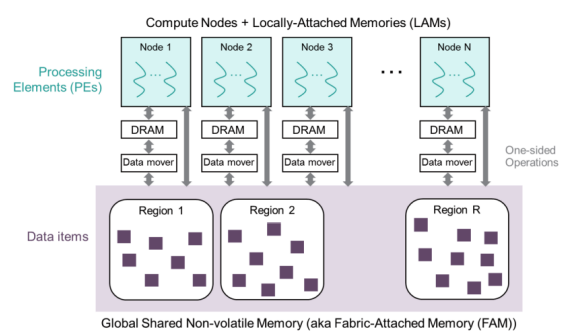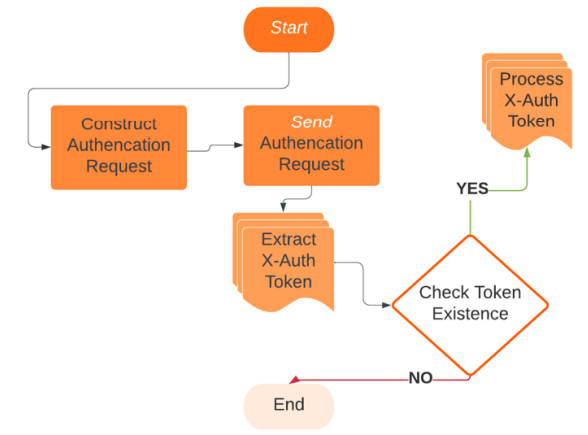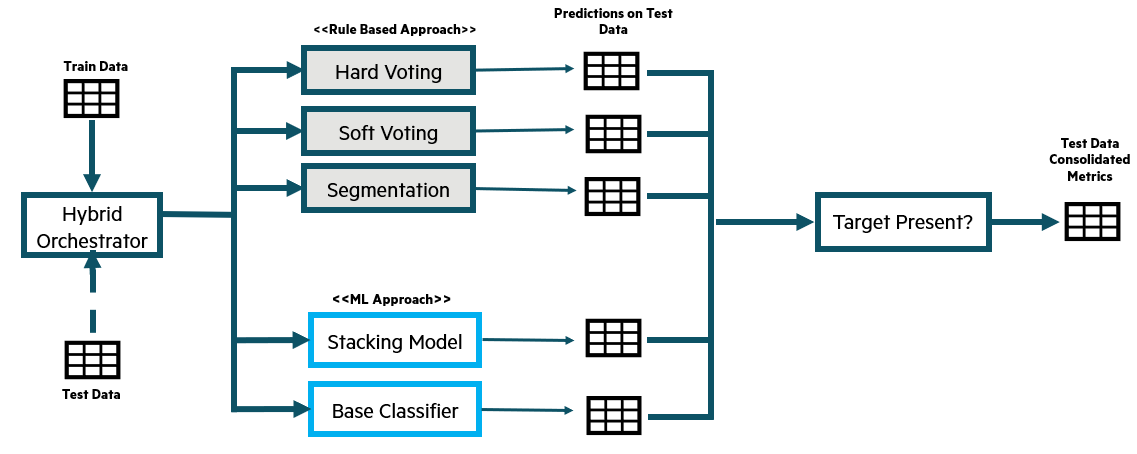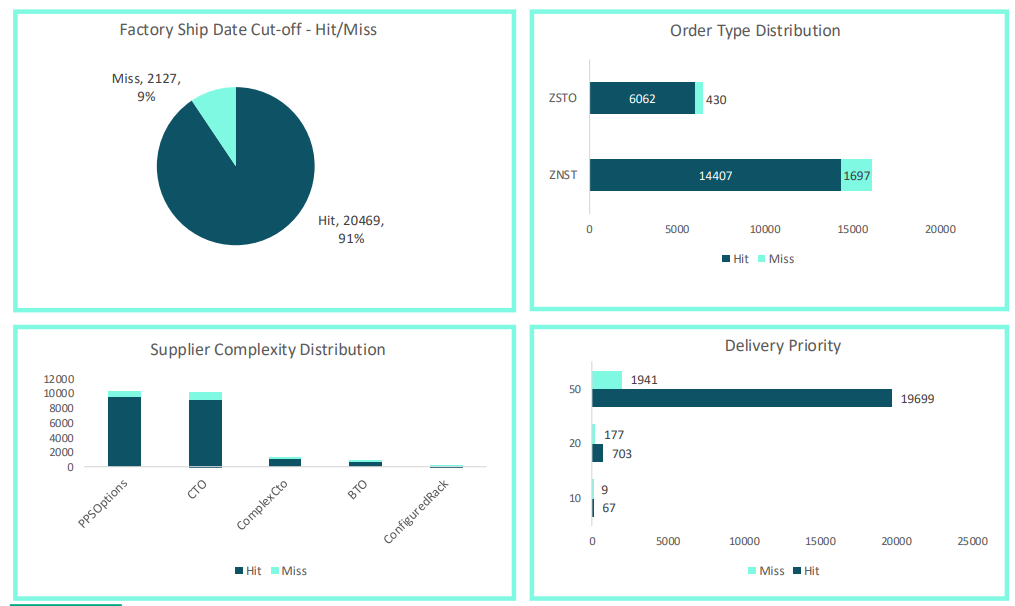HPE Projects
During my time at HPE, I worked on several impactful projects. In the Mentorship Program, I contributed to optimizing server memory management for high-performance computing. During my internship, I worked on the Platform Certificate Verification Tool (PCVT), developing key components like API call handling and certificate retrieval to enhance server security. In my full-time role, I developed demand forecasting and deal prediction models using LightGBM, Croston, and TSB, driving a $12.8 billion business impact. Additionally, I improved the resilience of HPE's proprietary tools by developing black-box attack defenses. These projects delivered both technical and business value.
CTY Mentorship Program
OpenFAM
The OpenFAM Project aimed at addressing the challenge of underutilization of memory in high-performance computing (HPC) systems. This project introduced a tool that validated the configuration of Fabric Attached Memory (FAM) and printed the FAM topology after connecting to the Client Interface Service (CIS). The methodology involved using Python to implement a validation tool that checked configuration files against a schema. This tool ensured the correct configuration of multiple memory servers, verifying memory paths and connection protocols. Additionally, gRPC (Google's Remote Procedure Call) was used to manage the client-server communication, improving the system’s latency and throughput. The project successfully improved memory utilization in HPC systems, paving the way for more flexible and scalable memory management.
Internship
Platform Certificate Verification Tool (PCVT)
The Platform Certificate Verification Tool (PCVT) was developed to ensure the integrity and security of HPE servers, addressing concerns around supply chain tampering. The project involved integrating components like API call handling, authentication token generation, certificate retrieval, and exception handling. Using Java, curl, and openssl, the tool was built to facilitate secure communication between client and server without requiring hardware. Robust exception handling and certificate validation enhanced the user experience and ensured platform security. Future improvements include UI enhancements, CI/CD integration, and advanced verification techniques to further strengthen security.
Full-time Role
Deal Intelligence
In the Deal Intelligence project, I focused on enhancing deal win/loss prediction using ensemble methods such as Hard Voting, Soft Voting, and Stacking Models. The project aimed to identify high-value opportunities early and optimize sales team efforts. Using advanced machine learning algorithms, including Gradient Boosting and Neural Networks, we enhanced the precision of the prediction models. These models improved deal closure rates by filtering out less likely wins and enabled proactive demand shaping, leading to a $48M revenue conversion during a critical material shortage period.
Hit/Miss Prediction (Hackathon)
The Predict Order Hit or Miss project aimed to predict whether an order would meet its factory ship cut-off date. I built a Gradient Boosting Classifier to handle imbalanced datasets and utilized EDA for feature engineering. The solution improved the accuracy of predictions, allowing the Fulfillment team to proactively manage at-risk orders. The model's deployment resulted in enhanced customer satisfaction and streamlined operations, giving early visibility into potential order delays.
Adversarial Attacks (Techcon)
In the Techcon project, I worked on developing and testing a black-box adversarial attack methodology for HPE’s proprietary information retrieval tool. The primary problem was evaluating the robustness of LLMs (Large Language Models) like ChatGPT and Copilot against adversarial inputs. My contribution included designing prompt-based tests to evaluate resilience to errors, jargon, and adversarial patterns. The findings helped improve HPE’s tool by making it more resilient to attacks while enhancing accuracy in technical document retrieval.
Demand Forecasting
The Demand Forecasting project focused on predicting the demand for SKUs for the next 18 months. Using LightGBM with Optuna for hyperparameter tuning, I built a model that incorporated lag features (Lag 2) and a lookback window. The methodology involved creating a balanced dataset and addressing seasonality in the demand data. The model improved forecast accuracy, allowing better inventory planning and deal management. This project had a significant business impact by improving operational efficiency and reducing stockouts.
